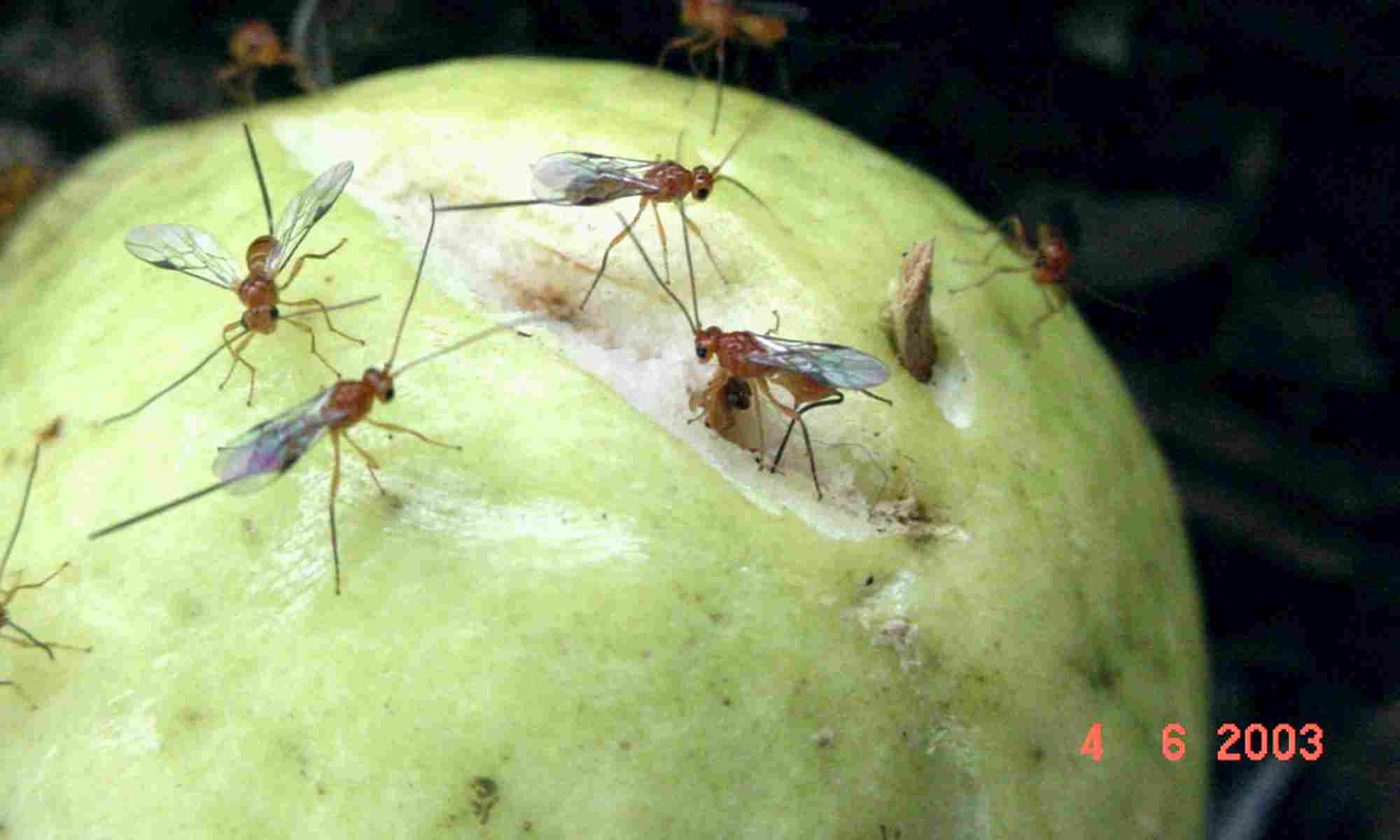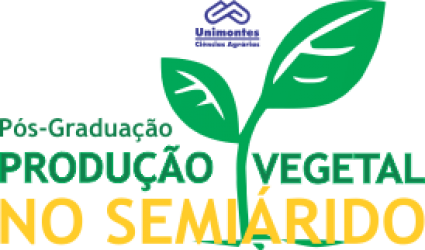- Version
- Download 2
- Tamanho do Arquivo 1.50 MB
- Data de Criação 11/06/2021
- Download
SILVA, Renato Fernandes. Variabilidade espacial dos atributos físicos de um Neossolo Quartzarênico antropizado na bacia do rio Pandeiros. 2018. 50 p. Dissertação (Mestrado em Produção Vegetal no Semiárido) – Universidade Estadual de Montes Claros, Janaúba, 2018.
A ocupação antrópica recente da região noroeste de Minas Gerais alterou a cobertura e uso dos solos arenosos, derivados principalmente da formação Urucuia. A produção de carvão vegetal e a criação extensiva de gado intensificaram a erosão laminar e em sulcos, culminando em grandes voçorocas, que provocaram o assoreamento das veredas, comprometendo a vazão de importantes rios da região, como o Pandeiros. Assim, objetivou-se caracterizar a variabilidade espacial e mapear os atributos físicos do solo, identificando sua relação com plantas nativas de pequizeiro, dentro de uma microbacia em processo de degradação na região do alto rio Pandeiros, afluente da margem esquerda do rio São Francisco. A área de estudo tem 83,89 ha, onde foram coletadas amostras deformadas e indeformadas de solo em 47 pontos georreferenciados, distribuídos em uma malha amostral irregular. Também foram coletados dados morfométricos de 15 plantas de pequizeiro localizadas na mesma malha amostral, para análise da covariância com os atributos do solo. Nas amostras de solo foram determinadas a densidade de partículas, densidade do solo, macroporosidade, microporosidade, volume total de poros, granulometria e fracionamento de areias. Todas as variáveis foram submetidas à estatística descritiva e análise da variabilidade espacial por meio da geoestatística com variografia e krigagem. O coeficiente de variação foi alto para microporos e para altura dos pequizeiros e muito alto para macroporos, areia muito grossa, altura da copa dos pequizeiros e diâmetro do tronco à altura do peito. Todas as variáveis apresentaram estrutura de dependência espacial, sendo classificada como fraca para areia grossa, forte para volume total de poros, macroporos, microporos, densidade de partículas, areia muito grossa e areia média, e moderada para os demais atributos. O alcance dos semivariogramas foi de 26 m para altura da copa dos pequis a 2050 m para macroporos, definindo a distância mínima para amostragens independentes no campo. A ausência do efeito pepita puro nos semivariogramas indica que as distâncias mínimas entre os pontos de amostragem estavam dentro da região de dependência amostral. Os mapas dos atributos físicos indicam que o voçorocamento na região do alto rio Pandeiros é resultado da ocupação desordenada que promoveu a supressão da vegetação nativa e promoveu a degradação do Neossolo Quartzarênico. A declividade do terreno aliado à baixa infiltração, o pisoteio do gado e manejo ineficiente do solo, provocaram o selamento superficial e aumento do deflúvio, assoreando as veredas nas regiões mais baixas. O estudo da variabilidade espacial dos atributos físicos foi capaz de determinar dependência espacial de todos os atributos analisados. O porte dos pequizeiros e a distribuição das frações granulométricas na área de estudo são diretamente influenciados pelo relevo da encosta. Houve uma relação muito clara entre o tamanho de poros e os demais atributos físicos do solo, observando essa correlação principalmente na parte de maior altitude da encosta com predomínio dos microporos. A dinâmica do processo de degradação da área de encosta pode ser mais bem compreendida através da análise espacial dos atributos físicos do solo.
Palavras-chave: erosão hídrica; vertente; geoestatística; krigagem
Physical attributes of an anthropized Arenosol (Quartzipsamments) in the Pandeiros sub-basin
Recent anthropic occupation of the northwest region of Minas Gerais changed the coverage and use of the sandy soils, mainly derived from the Urucuia formation. The charcoal production and the extensive cattle raising intensified the laminar erosion and furrows, culminating in large gullies, which provoked the silting of the trails, compromising the flow of important rivers of the region, such as Pandeiros. The objective of this work was to characterize the spatial variability and to map the physical attributes of the soil, identifying its relation with native plants of pequizeiro, within a microbasin in process of degradation in the region of the high Pandeiros river, affluent of the left margin of the São Francisco River. The study area has 83.89 ha, where deformed and undisturbed soil samples were collected in 47 geo - referenced points, distributed in an irregular sampling mesh. Morphometric data were also collected from 15 pequi tree plants located in the same sample mesh for covariance analysis with soil attributes. The soil samples were determined the particle density, soil density, macroporosity, microporosity, total pore volume, grain size and sand fractionation. All variables were submitted to descriptive statistics and spatial variability analysis using geostatistics with variography and kriging. The coefficient of variation was high for micropores and for height of pequi trees and remarkably high for macropores, very coarse sand, height of the canopy of the pequi trees and diameter of the trunk at the height of the chest. All variables presented a spatial dependence structure, being classified as weak for coarse sand, strong for total pore volume, macropores, micropores, particle density, very coarse sand and medium sand, and moderate for other attributes. The range of the semivariograms was of 26 m for height of the crown of the pequis to 2050 m for macroporos, defining the minimum distance for independent samplings in the field. The absence of the pure nugget effect in the semivariograms indicates that the minimum distances between the sampling points were within the sample dependency region. The maps of the physical attributes indicate that the gully erosion in the region of the high Pandeiros river is a result of the disordered occupation that promoted the suppression of the native vegetation and increased the soil compaction, degrading the Quartzarenic Neosol. The declivity of the terrain coupled with low infiltration, cattle trampling and inefficient management of the soil, caused surface sealing and increased runoff, silting the trails in the lower regions. The study of spatial variability of physical attributes was able to determine spatial dependence of all attributes analyzed. The size of the pequi trees and the distribution of the granulometric fractions in the study area are directly influenced by slope relief. There was a truly clear relation between the pore size and other physical attributes of the soil, observing this correlation mainly in the part of higher altitude of the slope with predominance of the micropores. The dynamics of the slope area degradation process can be better understood through the spatial analysis of soil physical attributes. The gully erosion in the region of study is the result of the anthropization that promoted the withdrawal of the native vegetation leaving the fragile soil exposed.
Keywords: water erosion; hillside; geostatistic; kriging

